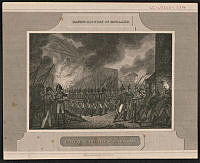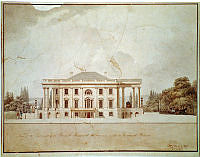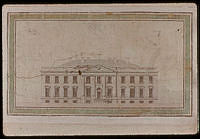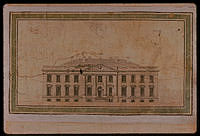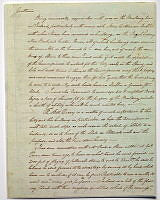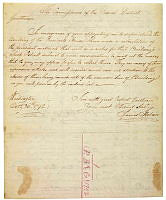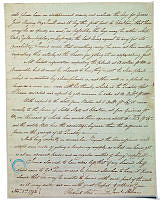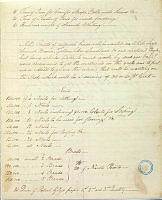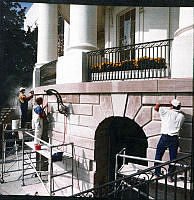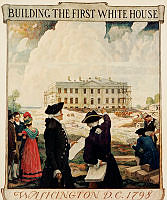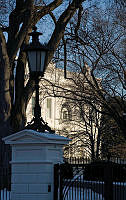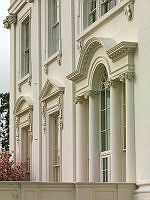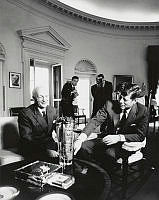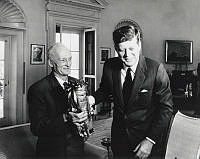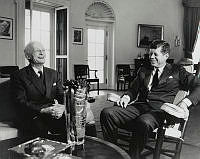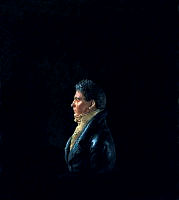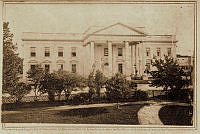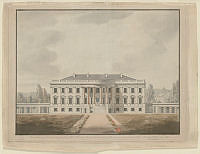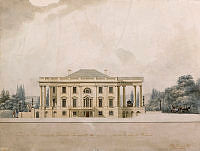
Designing the White House: 1792 - 1830
Classroom Resource Packet

North Front of the President's House (ca. 1800)
White House Collection/White House Historical AssociationAs the president's office and home, the White House stands as a symbol of American leadership. President George Washington selected the site and approved the final design, but he never had an opportunity to live in the building once known as the "President's Palace." When the initial construction was finished in 1800, John Adams became the first president to occupy this famous home. Explore the design and creation of the building from its inception, to the burning by the British in 1814, and the completion of the porticoes by 1830 that resulted in the White House's iconic appearance.












